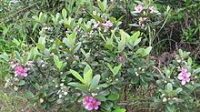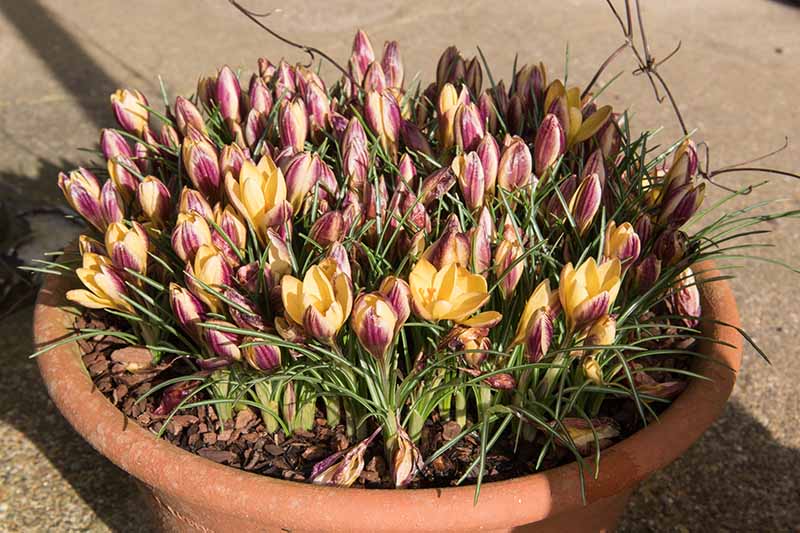
These petite blossoms have a maximum height of just three inches. They thrive in regions classified as USDA Hardiness Zones 3-8, basking in the sunlight and withstanding droughts with ease, earning them the title of low-maintenance blooms.
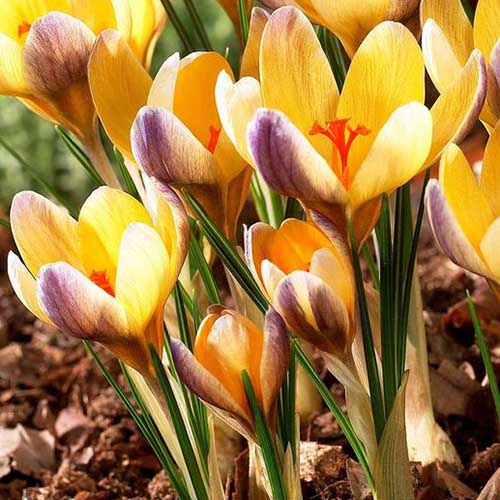
To add a pop of color to my dark red house, I am considering planting the ‘Advance’ variety in my front lawn. Eden Brothers offers bags of 50, 100, or 250 bulbs that can be shipped in the fall for easy planting. Another option is the C. tommasinianus ‘Barr’s Purple’ crocus, with its lovely slender-necked purple blooms that open into a charming bowl shape. It looks as though it’s inviting sunshine to fill its petals.
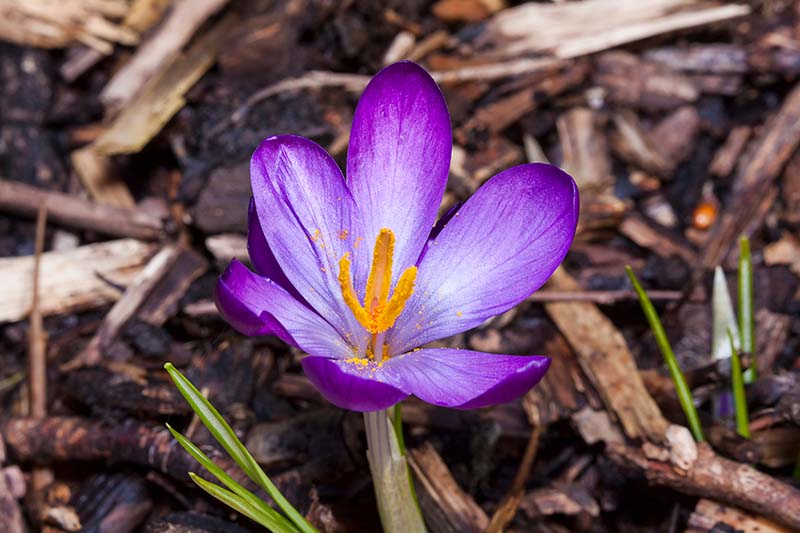
This beautiful flower that deer tend to avoid thrives in regions 4-8 and usually blooms during the latter part of February up to early March. It grows to an average height of four to six inches.
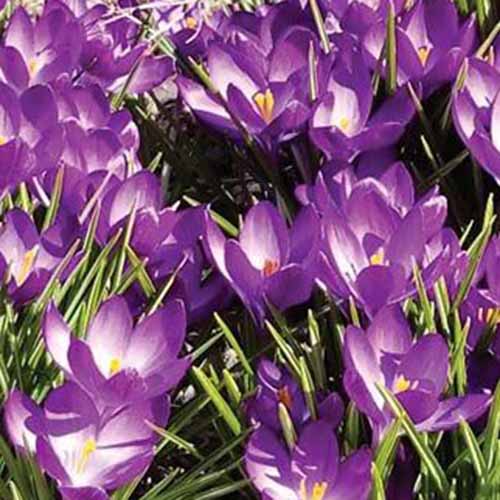
Looking for some unique crocus bulbs? Check out ‘Barr’s Purple’, available in bags of 15 from Burpee, shipping in late summer. Or, go for the charming ‘Blue Pearl’ variety of C. chrysanthus, with its delicate pearly-blue petals. Both are sure to bring a touch of beauty to your garden.
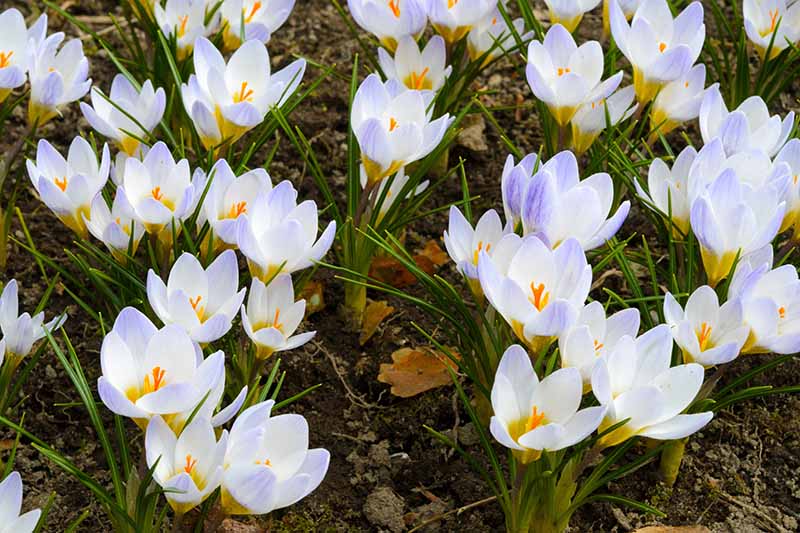
If you’re not a fan of intense and vibrant colors, the perfect alternative is ‘Blue Pearl’. This delicate flower will bloom in either March or April, providing a charming sight. For a more vivid display, pair it with a white or yellow-flowered plant.

The ‘Blue Pearl’ corms were developed in Holland more than fifty years ago and thrive in USDA Zones 3-8. Although they are smaller than traditional Dutch crocus varieties, they bloom earlier and create a beautiful, natural effect when planted alongside the larger bulbs. Eden Brothers offers packs of 50, 100, and 200 ‘Blue Pearl’ bulbs that are shipped during the fall season. Another option to consider is the ‘Firefly’ crocus variety, which belongs to the C. sieberi group. These flowers have a delicate violet color with golden centers.

These crocuses not only look beautiful, but they also provide protection for your garden against deer as they are resistant to them. If you plant ‘Firefly’ crocuses in groups of nine or ten corms per square foot, you can create a stunning field of blooms with a natural meadow-like appearance. Amazon offers 25 corms of the ‘Firefly’ variety for your personal garden needs. Another great option is ‘Flower Record,’ which boasts deep purple petals and a vibrant color that can be seen from afar.
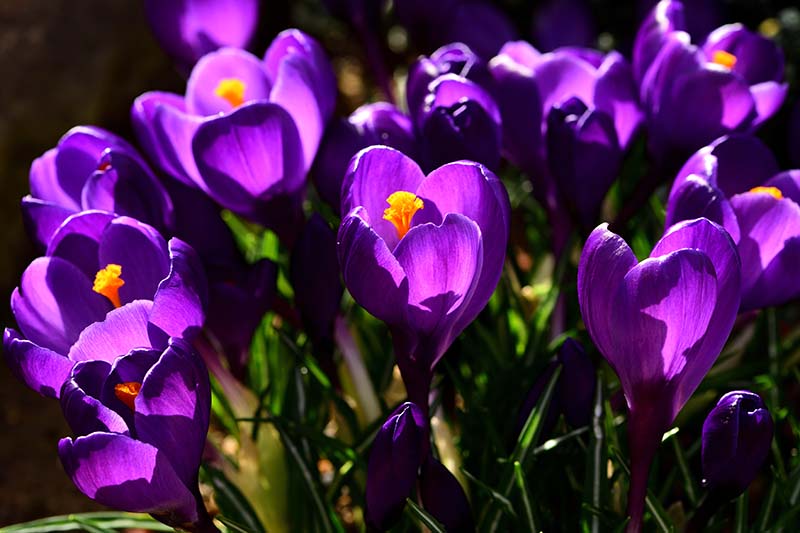
The Dutch type of this flower produces big blossoms and typically blooms during March and April, with the exact timing influenced by the local weather conditions.
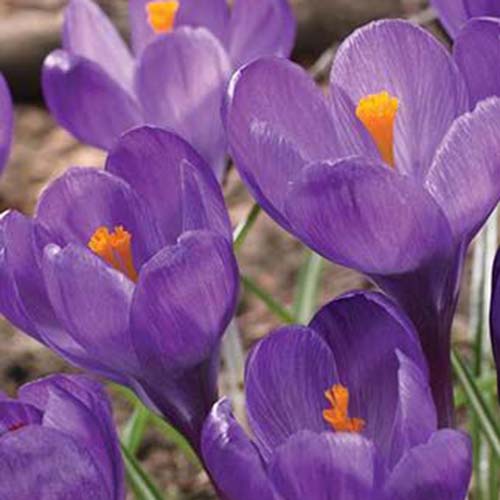
If you’re looking for a lovely spring flower that can grow almost anywhere, you might want to check out the ‘Flower Record’. This plant can reach up to six inches tall and is suitable for USDA Hardiness Zones 3-9. You can purchase bags of 15 bulbs from Burpee during late summer and early fall.
Another tough and beautiful crocus variety is the ‘Jeanne d’Arc’. This snow-white flower is as resilient as its namesake and can thrive in Zones 3-9. So, why not add some color to your garden this spring with these amazing flowers?
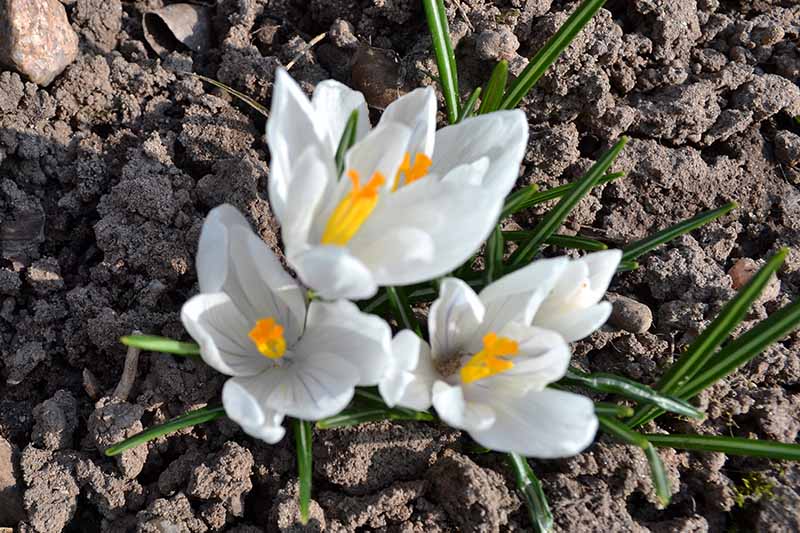
You can create an impressive meadow of delicate flowers by planting this particular Dutch variety on its own. Alternatively, you can pair it with ‘Pickwick’ (which I will describe below) for a beautiful blend of colors.

Looking for a unique and colorful addition to your garden? Burpee offers bags of 15 bulbs of the ‘Jeanne d’Arc’ bloom, which grows up to six inches tall. If you’re looking for a flower that will attract monarch butterflies, consider the ‘Orange Monarch’ crocus. This variety, also known as C. chrysanthus, features bright orange blooms that resemble the wings of a monarch butterfly. With these flowers in your garden, you can enjoy the beauty of nature right at home.
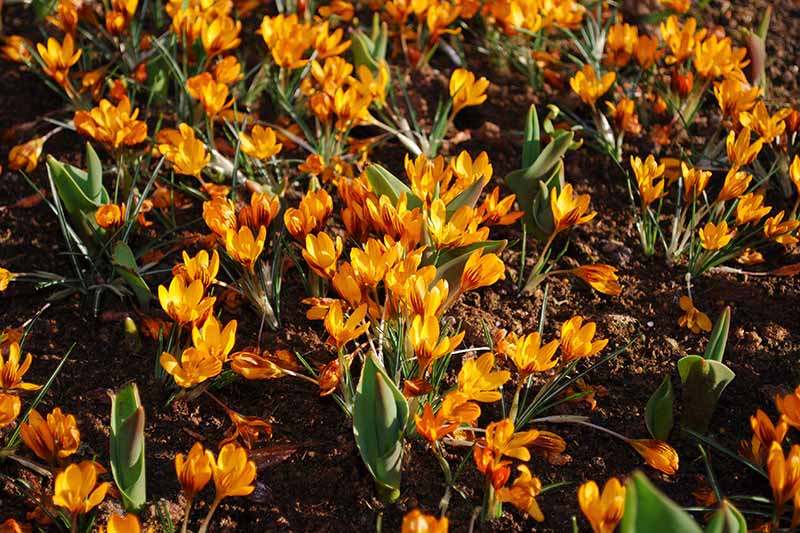
If you reside in colder regions, worry not because these lively flowers flourish well in USDA Hardiness Zones 3-7. Their adaptability makes them an ideal choice for individuals residing in such areas.
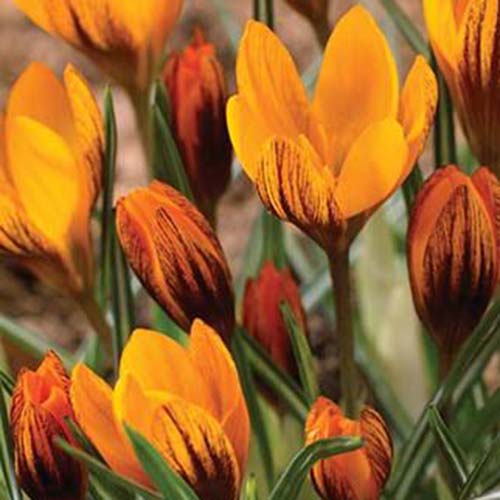
Meet the ‘Orange Monarch’ crocus – a beautiful flower that thrives in bright, sunny locations. To create a stunning spring display, plant them in groups of 20-50 corms. You can find packs of 15 bulbs at Burpee. Another crocus to consider is the ‘Pickwick,’ which has sturdy petals in a lovely lavender shade and delicate purple stripes. Its name may remind you of the March sisters’ Pickwick Club from Louisa May Alcott’s Little Women.
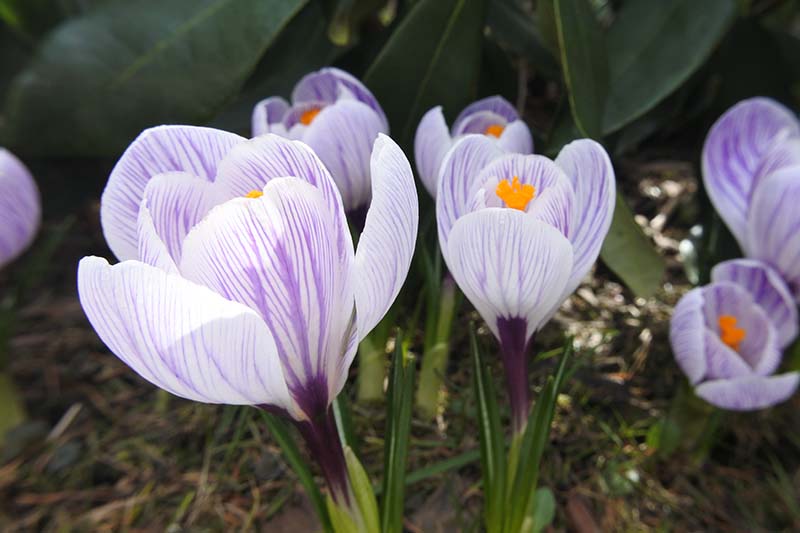
For a stunning spring lawn, try planting in Zones 3-9 during the fall. These flowers can grow up to six inches in height.
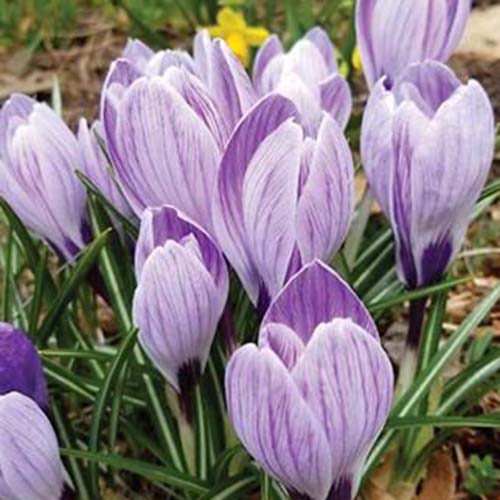
I’m in love with the idea of having ‘Pickwick’ flowers in my backyard. Not only do they look beautiful, but they also remind me of my favorite literary heroines. However, I discovered that they are not deer-resistant, so I’ll have to plant them with ‘Barr’s Purple’ or ‘Firefly’ to keep my resident moose at bay. You can purchase bags of 15 bulbs from Burpee, and they will ship in the fall. If you’re a fan of saffron spice and use it in everything from cakes to curries, then you’ll adore the bright purple, fall-blooming saffron crocus, which goes by the name C. sativus.

This type of plant prefers to grow in USDA Hardiness Zones 6-9 and produces lengthy red stigmas that can be collected and dried in a warm environment. Unlike other species such as C. crysanthus, there are no various cultivars available for home gardeners to grow as this plant is mainly commercially cultivated for its use as a spice. Additionally, C. sativus is a completely hybridized plant. However, different countries that cultivate saffron commercially each have their own unique cultivars such as ‘Aquila’ in Italy, ‘Creme’ in Spain, and ‘Lacha’ in Kashmir.
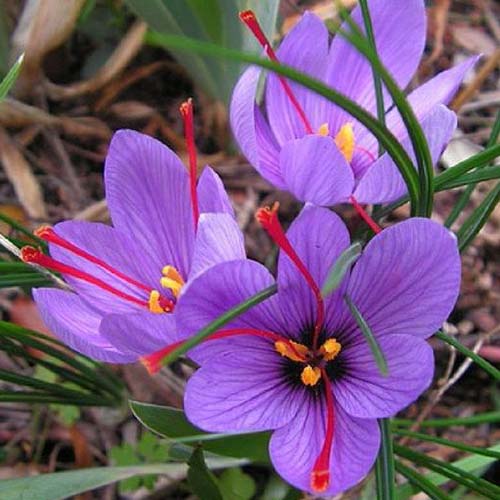
The majority of saffron crocuses available at nurseries do not specify their cultivar. However, they can all be planted in late summer and will bloom in the fall. These beautiful flowers produce delicate purple blooms that grow up to four inches tall. Eden Brothers offers packages of 10, 20, 50, or 100 bulbs that are shipped in late summer, perfect for planting. Within six to eight weeks of planting, these spicy flowers will bloom, providing a vibrant addition to your garden and a source of your own saffron. Another crocus variety, the ‘Tricolor’ C. sieberi, is one of the earliest crocuses to bloom in the spring. It has violet petals with white and yellow centers, making it a lovely addition to any garden.
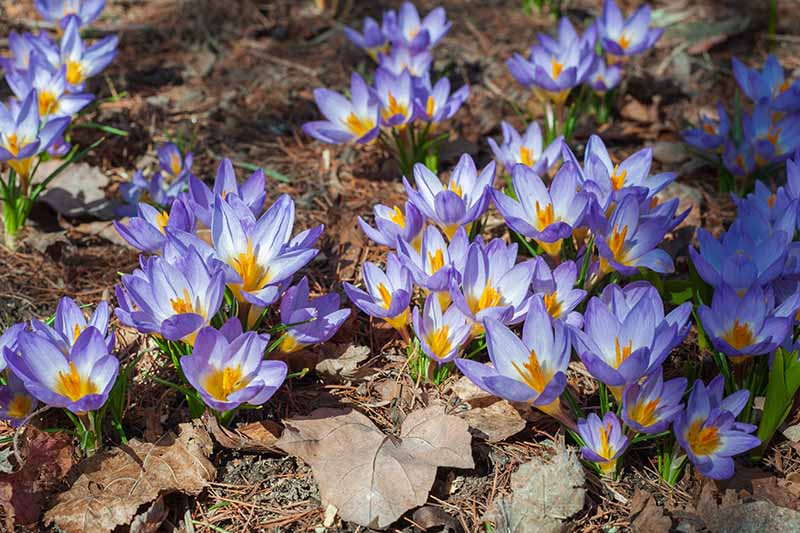
This particular flower thrives in areas with Zones 4-8 and has a tendency to emerge from beneath the snow during the end of February.
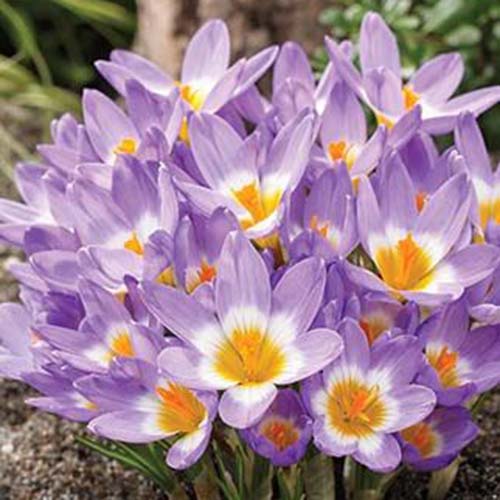
The ‘Tricolor’ crocus is a member of the crocus family that thrives in both full sun and partial shade. This plant typically grows to be four to six inches tall and can be found for purchase in bags of 15 bulbs during the summer season from Burpee.
Another cheery option is the ‘Yellow Mammoth’ crocus, also known as C. vernus. This variety will add a bright, sunny touch to your yard just when you need it most. Additionally, ‘Yellow Mammoth’ crocuses are deer resistant, so you won’t have to worry about critters snacking on your sunshine before you have a chance to enjoy it yourself.
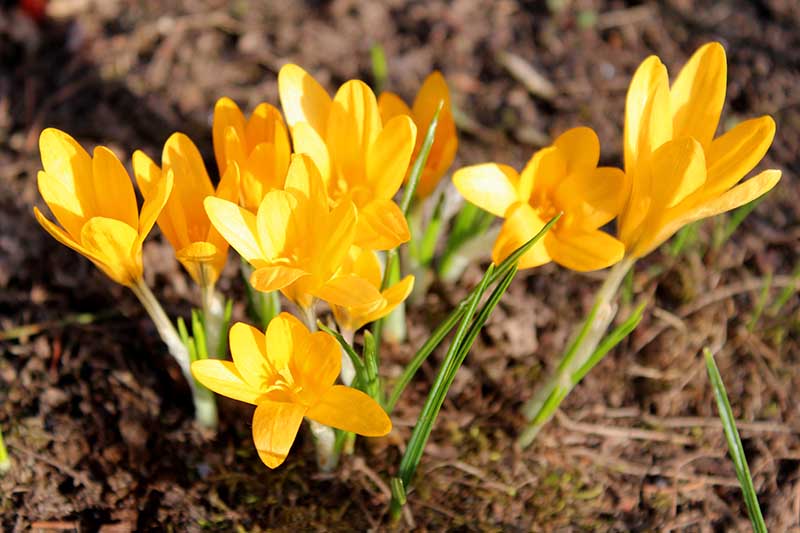
For those residing in Zones 3-9, it’s best to plant these bulbs during the autumn season for a stunning early-spring presentation. These bulbs thrive when exposed to sunlight or partial shade, hence it’s essential to choose an open space or a spot near a cluster of trees to achieve that natural and untamed aesthetic.
Introducing the ‘Yellow Mammoth’, a stunning bulb that can grow up to six inches tall. This variety is perfect when paired with hellebores, creating a magnificent spring display. Burpee offers a package of 15 bulbs for purchase in the fall.
For those who find it difficult to choose between the varieties mentioned previously, why not try a mix? A mixture of colors will make your garden burst with life come springtime. Here are three of my top picks:
1. Blue and Yellow Mix – C. Vernus: These flowers make for a beautiful early-spring carpet of color, flourishing in Zones 3-8. With a height of six inches, they can tolerate droughts, making them ideal for drier climates.

The combination of blue and yellow makes a great mix for your garden. These Dutch bulbs usually bloom in March or April, depending on where you live. You can buy them in bags of 50, 100, or 250 from Eden Brothers. Another option is the Blue Moon Mix, which features a blend of white, light purple, and darker purple large-flowering bulbs of the C. Vernus variety. This mix is perfect for adding some variety to your garden and making it more colorful.
Introducing the Blue Moon Mix – a beautiful addition to any garden! These bulbs thrive in Zones 3-8 and can be planted in the fall for a stunning display of moonlit-like blooms in March or April. Eden Brothers offers bags of 50, 100, and 250 bulbs for your convenience.
Another fantastic option is the Specie Mix featuring C. Chrysanthus bulbs. Don’t let the name fool you – this mix is bursting with vibrant blooms. It even flowers two weeks earlier than C. vernus. Plant both varieties in your garden for a month-long display of continuous blooming. First, enjoy two to three weeks of C. chrysanthus flowers, then watch as your C. vernus bulbs take over and continue the show.
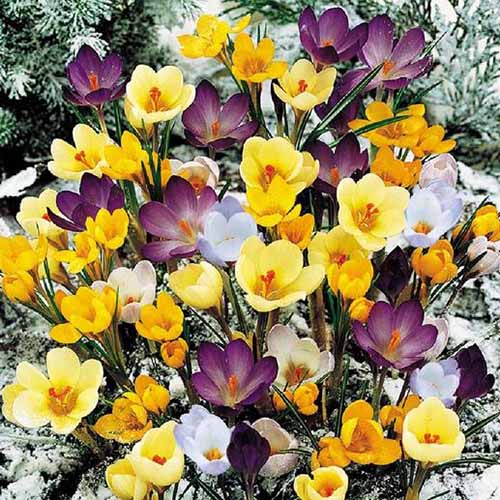
The Specie Mix is a beautiful assortment of crocuses in shades of deep purple, white, light violet, dark yellow, and light yellow. These lovely blooms are sure to bring joy to your spring garden. They are suitable for growing in Zones 3-8 and can grow up to four to six inches tall. Eden Brothers offers 50, 100, and 250 bulbs of this mix for purchase. With such a variety of colors available, there is a crocus for everyone to enjoy. Try adding a complementary color to your garden next year if you find one you particularly like. Additionally, most crocus varieties have the potential to multiply over time, providing you with an endless supply of early-spring color.
If the outdoor conditions in your area are not suitable for crocuses to flourish, don’t worry, you can still enjoy them by growing bulbs indoors with ease. Do you have experience cultivating crocuses in your backyard? Share with us your preferred type of crocus in the comment section.






